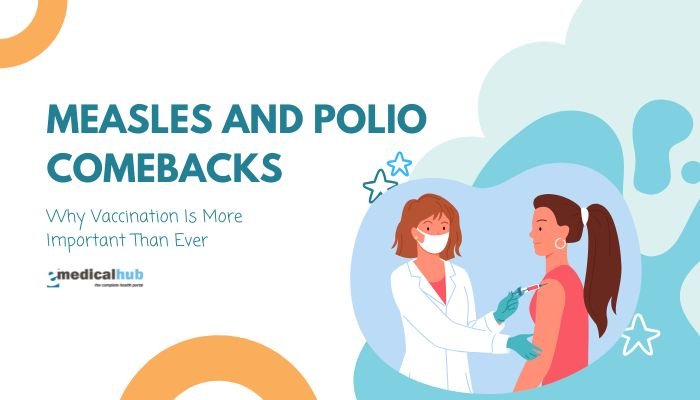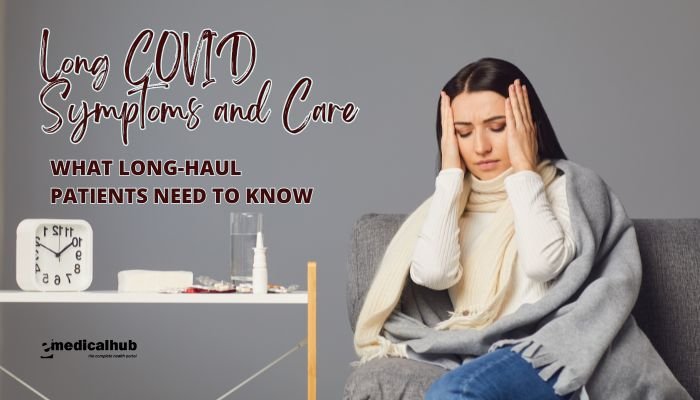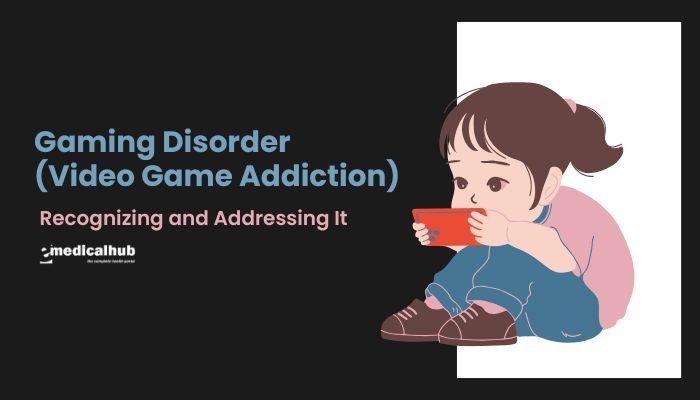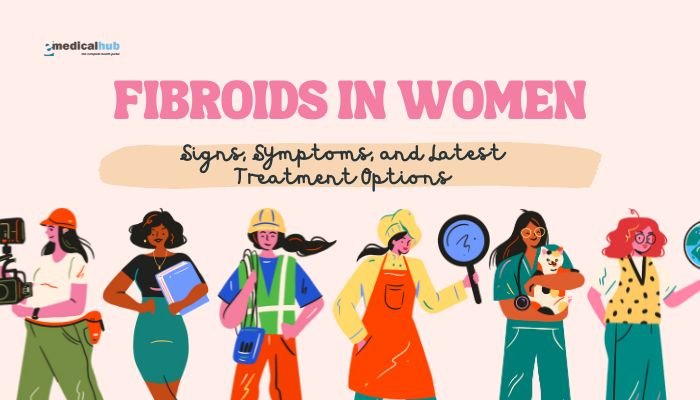Introduction
For many people in parts of the world with robust immunization programs, measles and polio might seem like diseases of the past. Images of children in iron lungs (for polio) or the once-common measles rash appear in historical photographs rather than in modern hospitals.
However, pockets of vaccine hesitancy, global travel, and under-resourced healthcare systems have paved the way for the unsettling resurgence of these preventable illnesses. Recent outbreaks and near misses serve as a stark reminder that measles and polio remain active threats when vaccination coverage slips.
This article explores the history and current status of measles and polio, detailing how these diseases nearly vanished in many regions—only to experience comebacks in certain pockets.
We examine the critical role that vaccines continue to play and why, despite tremendous progress, we cannot become complacent. Finally, we highlight what individuals and communities can do—emphasizing that the path to eradicating or controlling these viruses demands collective responsibility and unwavering commitment to immunization.
Measles at a Glance
Basic Facts about Measles
- Cause: Measles is caused by the measles virus (genus Morbillivirus). It spreads through respiratory droplets when an infected person coughs or sneezes.
- Symptoms: Characterized by a high fever, cough, runny nose, conjunctivitis (red eyes), and a rash that typically starts on the face and spreads downward. Small white spots (Koplik’s spots) may appear inside the mouth early in infection.
- Transmission: Highly contagious—up to 9 out of 10 susceptible people in close contact with an infected individual may contract measles.
Potential Complications
- Ear Infections, Pneumonia: Common complication, especially in young children.
- Encephalitis: Although rarer, can result in permanent brain damage.
- Subacute Sclerosing Panencephalitis (SSPE): A fatal, progressive neurological disorder that can occur years after measles infection, though extremely uncommon.
Eradication Efforts and Why They Stalled
- Global Progress: Measles was once routine in childhood, infecting virtually everyone. Widespread vaccination campaigns led to a 73% drop in measles deaths between 2000 and 2018 globally.
- Challenges: Vaccine hesitancy, conflict zones, and resource-limited healthcare hamper universal vaccination coverage. Outbreaks in under-immunized communities highlight the fragility of measles control.
Key Insight: Measles stands among the most contagious diseases known; even small reductions in vaccine uptake can lead to explosive outbreaks.
Polio: A Nearly Eradicated Disease
Understanding Polio
- Cause: The poliovirus, which invades the nervous system, often causing permanent paralysis in a fraction of those infected.
- Transmission: Primarily fecal-oral route, from contaminated water or food, though oral-oral transmission can also occur.
- Clinical Spectrum: Most polio infections are asymptomatic or mild. In severe cases, the virus attacks motor neurons, leading to acute flaccid paralysis, typically in the legs.
Global Eradication Campaigns
- Historic Achievements: The Global Polio Eradication Initiative (GPEI), launched in 1988, slashed worldwide polio incidence by over 99%. Many regions, including the Americas and Europe, declared polio-free status by the early 21st century.
- Remaining Reservoirs: Afghanistan and Pakistan remain the two countries where wild poliovirus transmission persists, amid geopolitical and security challenges.
- Vaccine-Derived Poliovirus: In rare instances, the oral polio vaccine (OPV) can mutate and spread, causing outbreaks in under-immunized communities. This underscores the need to maintain high vaccine coverage until the disease is fully eradicated.
Why Polio Remains a Concern
- Reintroduction Risk: Travel and incomplete vaccination can lead to sporadic detections of vaccine-derived or even wild poliovirus in places once polio-free (e.g., recent detections in sewage in certain developed countries).
- Cost of Complacency: A single polio case can rapidly reestablish transmission in susceptible populations, reversing decades of progress.
The Recent Comebacks: Measles and Polio
Measles Outbreaks Worldwide
- Hotspots: High-profile surges in measles have occurred in parts of Africa, Asia, and even in developed nations like the United States and some European countries—often in communities with low vaccination rates
- Contributing Factors: Vaccine misinformation, logistic disruptions (e.g., during COVID-19 pandemic or conflict), and general complacency have led to dangerously low MMR (measles, mumps, rubella) coverage in certain areas.
Polio Resurgence
- Vaccine-Derived Polio: Reports in parts of Africa and even metropolitan areas in the West, reflecting pockets of suboptimal immunization.
- Importation: Travelers from endemic zones can reintroduce polio viruses to polio-free zones. Sewage monitoring occasionally reveals the virus’s silent spread.
- Long Road: Despite near-eradication, polio remains resilient when immunity gaps exist, reminding us that success demands finishing the job thoroughly.
Why We’re Seeing Outbreaks
Declining Vaccine Rates
- Vaccine Hesitancy: Fueled by disinformation campaigns or distrust in government/medical institutions
- Distracted Healthcare: Resources diverted to COVID-19 leading to missed childhood vaccinations or suspended mass campaigns.
- Socioeconomic Barriers: Poverty, conflict, displacement hamper access to routine immunizations.
Pandemic Disruptions (COVID-19)
- Healthcare Overload: Child immunization programs delayed as staff and resources pivoted to pandemic response.
- Lockdowns: Families missed well-child visits or immunization schedules, increasing unvaccinated children.
- Resurgence: As restrictions lift, viral transmission can bounce back vigorously among newly susceptible communities.
Global Mobility
- Cross-Border Travel: Infectious diseases spread swiftly in an interconnected world.
- Inadequate Surveillance: Some countries lack robust systems to detect or respond quickly to introduction of viruses like polio or measles.
Consequences of Outbreaks
Humanitarian Toll
- Infant and Child Mortality: Measles can cause fatal complications in malnourished or vitamin A-deficient children. Polio can paralyze a child for life.
- Healthcare Strain: Surging hospital admissions for pneumonia or complications can overwhelm facilities already dealing with multiple public health challenges.
Economic and Social Impact
- School Closures: In severe outbreaks, local authorities might shut schools to contain spread.
- Productivity Loss: Parents care for sick kids, or quarantines hamper workforce participation.
- Loss of Public Trust: Seeing diseases once considered under control reemerge can breed anxiety and skepticism in public health structures.
Reversal of Public Health Progress
- Erosion of Confidence: If eradicated diseases reappear, the narrative of immunizations being “old-fashioned” or “unnecessary” is proven dangerously misguided.
- Enduring Disabilities: Surviving polio with paralysis can hamper an individual’s economic and social prospects.
Importance of Vaccination for Measles and Polio
Vaccine Effectiveness and Safety
- Measles Vaccine (MMR): Over 90–95% effective in preventing measles after two doses. Also prevents mumps and rubella.
- Polio Vaccines (OPV and IPV): OPV historically vital for mass campaigns, easy to administer, offering good community protection. IPV provides robust individual immunity and eliminates risk of vaccine-derived polio.
- Safety Profile: Serious adverse events extremely rare. Benefit-risk ratio remains overwhelmingly in favor of vaccination.
Herd Immunity Considerations
- For Measles: Very high coverage (≥95%) is needed to block transmission because of measles’ high contagiousness.
- For Polio: A critical mass with effective immunization is required to break the chain of fecal-oral or occasionally oral-oral transmission.
- Community Protection: Vaccinated individuals protect not only themselves but also those who cannot be immunized (infants, severely immunocompromised).
Myths around Vaccine Risks
- Debunking Autism Claims: Multiple large-scale studies confirm no link between MMR and autism.
- Addressing Conspiracy Theories: Transparent scientific data and community-based advocacy can mitigate distrust.
- Confidence Building: Medical professionals and trusted local leaders play a key role in normalizing immunization.
Vaccination Schedules and Recommendations
Measles (MMR)
- Childhood: Typically the first dose around 9–12 months or 12–15 months (depending on the country), with a second dose at 4–6 years. The second dose ensures near-complete coverage.
- Catch-Up Immunization: Older children or adults lacking documentation can get vaccinated at any age, especially before travel or if they live in outbreak-prone areas.
Polio (OPV/IPV)
- Infancy: Usually multiple doses in the first months of life. OPV is common in mass campaigns in polio-endemic or resource-limited settings. Many high-income nations use IPV as the standard.
- Adolescents/Adults: Some might require a booster if traveling to high-risk areas or if incomplete immunization records.
- Maintaining High Coverage: Even countries declared polio-free maintain polio vaccine in routine schedules, ensuring new cohorts remain protected.
Combining Vaccines
- Co-Administration: Polio and MMR can often be given in the same pediatric visit, as recommended by local immunization schedules. Minimizing separate appointments helps sustain coverage rates.
- Check Guidance: Each country’s health authority may have slightly different recommended ages or intervals.
Strategies to Curb Measles and Polio Resurgence
Enhancing Public Health Infrastructure
- Surveillance: More robust detection systems, including lab capacity to quickly confirm suspected measles or polio, help contain outbreaks.
- Cold Chain Reliability: For remote regions, stable refrigeration ensures vaccine potency.
- Mobile Clinics: Reaching marginalized communities with on-the-spot immunization.
Advocacy and Education
- Local Leaders: Tribal chiefs, religious heads, or grassroots figures can champion vaccines, countering mistrust.
- School-Based Campaigns: Mandatory immunization checks, or back-to-school vaccine drives, reduce the chance of missed coverage.
- Media Outreach: Social media, radio, or TV to demystify vaccine side effects and highlight disease severity if unprotected.
Partnerships and Funding
- Global Initiatives: WHO, UNICEF, Gavi, and philanthropic organizations coordinate immunization drives.
- National Immunization Days: Some countries hold large-scale polio or measles campaigns, delivering millions of doses over short time frames.
- Sustained Investment: Erecting consistent year-round immunization and not just emergency interventions.
Guidance for Individuals and Families
Checking Vaccination Status
- Gather Records: Locate your or your child’s immunization documentation. Missing or uncertain records often mean catch-up doses are recommended.
- Ask a Doctor: Pediatricians or general practitioners can verify if a booster or second dose is advisable, especially if traveling or in an outbreak region.
During an Outbreak
- Heightened Caution: In areas of active measles or polio clusters, ensure full family vaccination. Keep an eye on official bulletins.
- Hygiene: Though measles and polio spread differently, standard infection control practices (like handwashing) still help.
- Symptoms: If suspicious signs appear (e.g., rash + fever for measles, or acute limb weakness for polio), see a healthcare provider promptly.
Travel Considerations
- Destination Risks: Checking the CDC or WHO websites for measles/polio advisories.
- Prophylaxis: Ensure you’re up to date on MMR and polio boosters. Some countries require proof of polio vaccination for entry or exit under outbreak conditions.
Conclusion
Despite remarkable successes, measles and polio remain pressing concerns due to pockets of low vaccination coverage and global travel. Outbreaks can reoccur unexpectedly, threatening young children, unvaccinated communities, and medically fragile individuals. The recent comebacks of measles in certain affluent nations—and polio detections in places thought polio-free—underscore that vigilance is paramount. Vaccines for measles (MMR) and polio are tested, safe, and robustly effective. Recommitting to high immunization rates ensures these viruses do not reclaim a foothold.
By prioritizing early childhood vaccination, ensuring that older children and adults maintain coverage, and confronting vaccine misinformation with clear scientific evidence, we can protect our families and communities. Ultimately, measles can be suppressed, and polio can be eradicated—attainable goals when individuals, healthcare providers, and policymakers unite to champion immunizations. As proven by the near-elimination of polio in most regions, perseverance pays off. Continuing that momentum for both measles and polio is not just beneficial but essential for global health.
Frequently Asked Questions (FAQ)
- Aren’t measles and polio mostly eradicated?
- Polio remains endemic in a couple of countries; measles is not eradicated globally. While drastically reduced, sporadic outbreaks appear where vaccination coverage drops.
- Why do I need a measles vaccine if I’m an adult?
- If you missed childhood vaccination or your immunity has waned, a booster is vital in outbreak zones or before traveling internationally.
- What is the difference between IPV and OPV for polio?
- IPV (inactivated polio vaccine) is given by injection, no live virus involved. OPV (oral polio vaccine) is a live-attenuated vaccine, providing better community immunization effect but with a rare risk of vaccine-derived polio.
- How many doses of the measles vaccine are necessary?
- Typically two doses (MMR) in childhood provide ~97% efficacy. Adults who got only one dose might need a booster for full protection.
- If I had measles as a child, do I need the vaccine?
- If confirmed by medical records or lab tests, you usually have lifelong immunity. However, if uncertain, an MMR shot is a safe precaution,
- Can polio appear again in the West if coverage declines?
- Yes. Recent detections in sewage in high-income countries highlight that reintroduction is possible. Good vaccination coverage is crucial to preventing reemergence.
- Are there serious side effects from these vaccines?
- Most side effects are mild, like soreness at injection sites. Serious adverse events are extremely rare, overshadowed by the severe risks of measles or polio themselves.
References
- World Health Organization (WHO). Measles fact sheet. 2021.
- Centers for Disease Control and Prevention (CDC). Measles. 2022.
- Gavi, the Vaccine Alliance. Polio eradication strategy. 2021.
- Goodson JL, Sosler S, confirmed measles elimination in the Americas. J Infect Dis. 2020;222(6):928-936.
- Global Polio Eradication Initiative (GPEI). Polio endgame strategy 2019–2023. 2019.
- Moss WJ, Griffin DE. Global measles elimination. Nat Rev Microbiol. 2016;14(12):744-755.
- Roush SW, Murphy TV. Historical comparisons of morbidity and mortality for vaccine-preventable diseases in the US. JAMA. 2007;298(18):2155-2163.
- WHO. Polio vaccines and polio immunization in the context of COVID-19. 2022.
- Seppa N. Vaccine refusals fuel measles spurt. Science News. 2019;196(7).
- Sunil TS, Farnham PG, et al. The cost of measles outbreaks. Vaccine. 2021;39(34):4823-4829.
- Sabin Vaccine Institute. Polio: The final steps to eradication. 2023.
- Strategic Advisory Group of Experts (SAGE) on Immunization. SAGE recommendations for polio vaccines. 2022.
- Greenwood B. The contribution of vaccination to global health: past, present and future. Philos Trans R Soc Lond B Biol Sci. 2014;369(1645):20130433.
- Lane S, Salmon DA, Yeung L, et al. Vaccine hesitancy around the globe. Vaccine. 2018;36(26):3975-3984.





